
Review on 8TB Seagate Backup Plus Hub Desktop Hard Drive with Data Recovery Services by Hong Hng Quang ᠌

I like everything, the price and quality are acceptable.
Shortly following the completion of the transaction, I simply connected the disk to the home server, activated the monitoring program (sintenel hard drive), and then began the process of copying the server's data to the disk using the script. When I opened the monitoring window again, the temperature of the disk was 59 degrees, and the copy speed had dropped significantly. However, by the time I opened the monitoring window, 2.5 terabytes of data had been successfully copied. I used robocopy, and although it counts percentages rather than writing out actual speeds, I was able to copy it. The disk was immediately turned off, and we waited for it to cool off. The following day, I went through and examined each of the SMART qualities, and I didn't find any mistakes. except for one — a high temperature is recorded, and the program, not sintenel, suggests that the disk be replaced. I attempted to drive surface tests; however, Victoria does not comprehend the disk. It writes a volume of 2 TB, it appears to see HD tune, and the test was successful; however, the reading graphics are linear and do not experience a decline as they approach the disk's final sector. There are no problematic parts, and the read delay ranges from 60 to 200 milliseconds throughout approximately 10 sectors. Which is not very good, but in the grand scheme of things, it is not a major issue. I made an effort to take apart the box, but my efforts were not particularly successful. really delicate latching; we snapped a couple bits of it. We are ending the warranty. After removing the disk and placing it back into the server (an HP MicroServer Gen8), the disk successfully booted up without any issues. If there are two disks in the basket, the temperature of the disk is 37 degrees, but it does not surpass 42 degrees if there are all disk slots occupied. It is only hotter than the seagate by two TB and seven thousand revolutions per minute (rpm), but even then, the difference is only two degrees. And yet, in a plastic box, how can ventilation work for a disk? only approximately one tenth of the way along one side are drilled holes. It should be obvious that this is not sufficient for intensive use. In addition to having a detrimental impact on cooling, the disk is separated from the plastic of the box by a space that is filled with air. The disk itself is mounted on rubber shock absorbers inside the box, which serve to protect it in the event that it is dropped. At this time, the normal flight time is two weeks, and the operational time is now two weeks. Conclusion. The disc performs flawlessly in accordance with its intended function, however the temperature distribution needs to be carefully observed.
- Only at the beginning does it yell loudly enough while spinning the plates; thereafter, it operates in a very quiet manner; its heads do not slap against one another, and there is no vibration. The speed characteristics are very much in line with the speed of the hard drive as well as the purpose of the hard drive, which is to store archives. This package comes with a power supply, a USB 3.0 cable, a manual, and the disk itself.
- overheated
New products
Comments (0)
Similar reviews
Top products in 🖴 External Hard Drives

2 TB External HDD Western Digital WD Elements Portable (WDBU), USB 3.0, black

84 Review

Shock-Resistant Transcend StoreJet 25M3 USB 3.1 Slim Portable Hard Drive with 500GB Capacity

99 Review
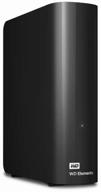
18 TB External HDD Western Digital WD Elements Desktop, USB 3.0, black

95 Review
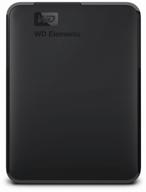
5 TB External HDD Western Digital WD Elements Portable (WDBU), USB 3.0, black

47 Review
Another interesting products
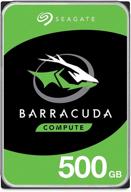
Seagate BarraCuda 500GB Internal Hard Drive HDD - Reliable, High-Speed Storage Solution for Desktop PC - SATA 6 Gb/s, 7200 RPM, 32MB Cache (ST500DM009)

11 Review
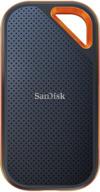
💾 SanDisk 2TB Extreme PRO Portable SSD - Ultra-Fast Speeds up to 2000MB/s - USB-C, USB 3.2 Gen 2x2 - High-Performance External Solid State Drive - SDSSDE81-2T00-G25

10 Review
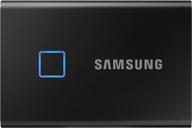
SAMSUNG T7 Touch Portable SSD 💽 2TB: High-speed, Secure & Compact Solid State Drive!

17 Review
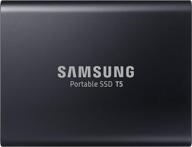
🔌 SAMSUNG T5 Portable SSD 2TB - High-Speed USB 3.1 External Solid State Drive, Black (MU-PA2T0B/AM)

40 Review


